Reach out to us
Subscribe for updates & promotions
Get the latest insights and inspiration from us.
There are numerous AWD cars on the market that excel in handling mild off-road conditions, such as snow, mud, and light sand. Models like the Nissan Qashqai, Subaru Forester XT, Subaru Outback, Nissan X-Trail, Honda CRV, Subaru Airtrek, Renault Duster, Renault Koleos, Kia Sorento, and Mazda CX5 offer impressive features like turbos, AWD modes, and lock mode.
While these vehicles are capable in their own right, embarking on remote expeditions like those undertaken by Mara Nomads pushes them beyond their factory capabilities.
The primary concern for these cars lies in encountering large obstacles such as rocks, fallen tree logs, deep ruts, and trenches, which pose a significant risk of damage to their vital components underneath. To overcome this challenge, it becomes crucial to elevate their ride height or ground clearance.
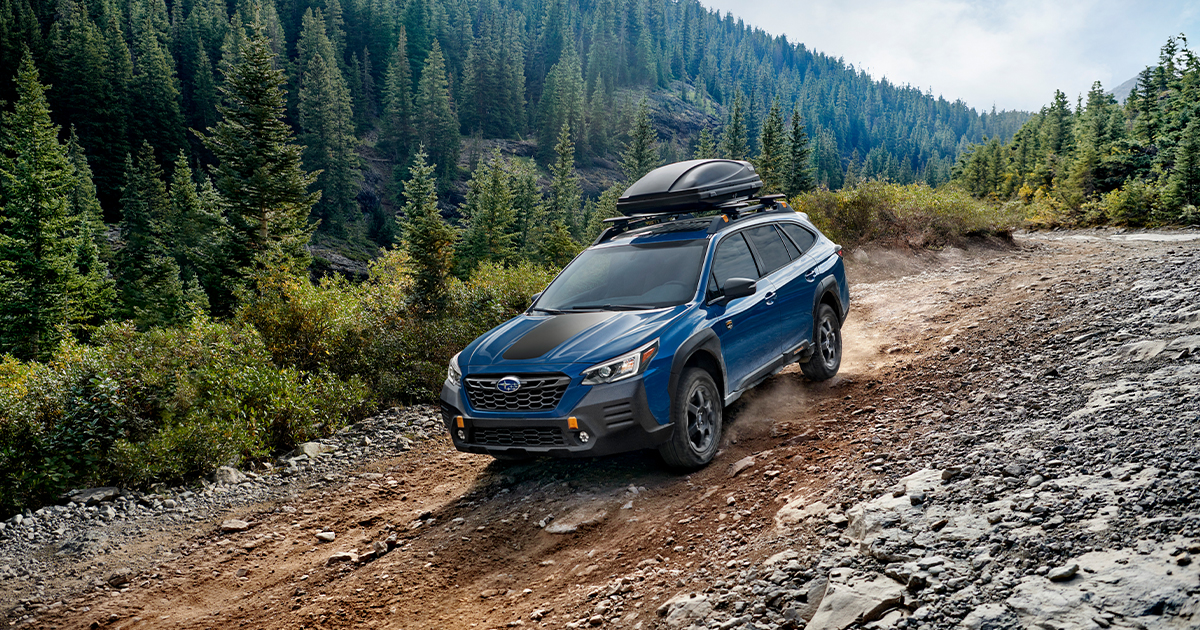
Ideally, an off-roading vehicle should possess a ground clearance ranging from 8 inches to 10.8 inches or higher, depending on the types of obstacles one intends to tackle.
However, AWD cars like the Nissan Qashqai come with a factory ground ride height of 7 inches (unladen), falling below the recommended minimum of 8 inches.
In contrast, the Subaru Forester XT, a vehicle previously traveled with by Mara Nomads, boasts a ground clearance of 8.7 inches. Similarly, the Subaru Outback and Subaru Outback Wilderness share a similar ride height, while the Nissan X-Trail T30 measures 7.9 inches.
To safely navigate off-road terrains, low AWD vehicles require modifications to increase their ride height. Here are several options available to achieve this:
While this approach provides some added ground clearance, it's essential to consider potential issues such as tire rubbing, limited turning radius, strain on drive shafts and driveline, increased fuel consumption, and reduced top speed. Additional strain on the drive shafts and increased fuel usage should be taken into account when considering this option.
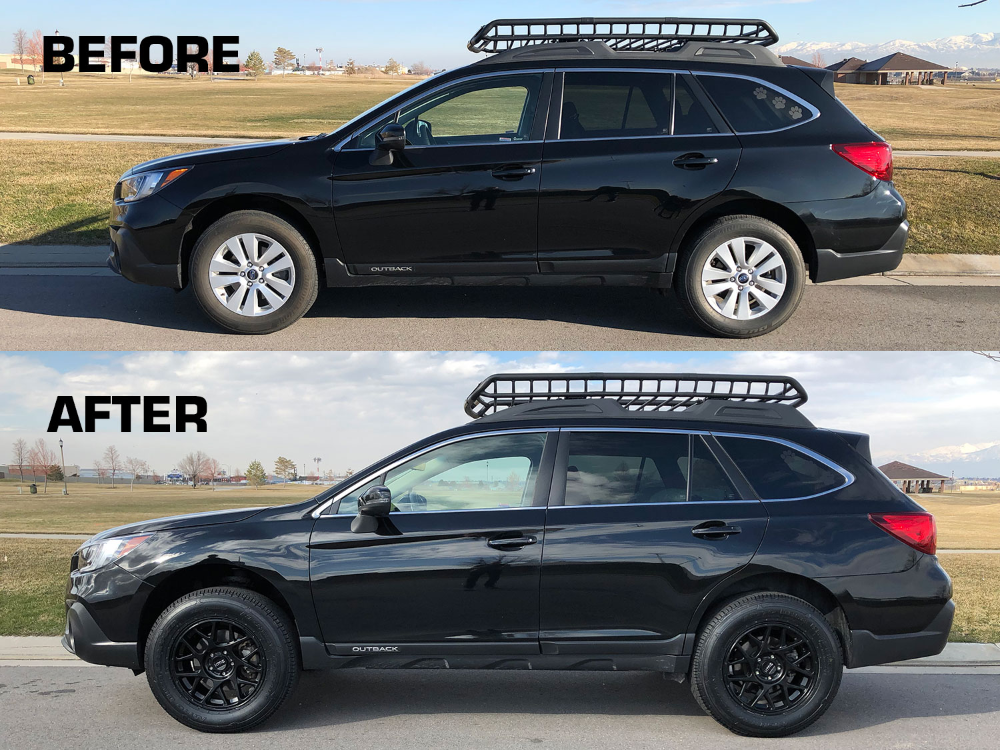
These rubber pieces placed between the coils of a spring suspension system offer a slight increase in ground clearance. However, it's worth noting that insurance companies may refuse claims if they discover the installation of spacers after an accident.
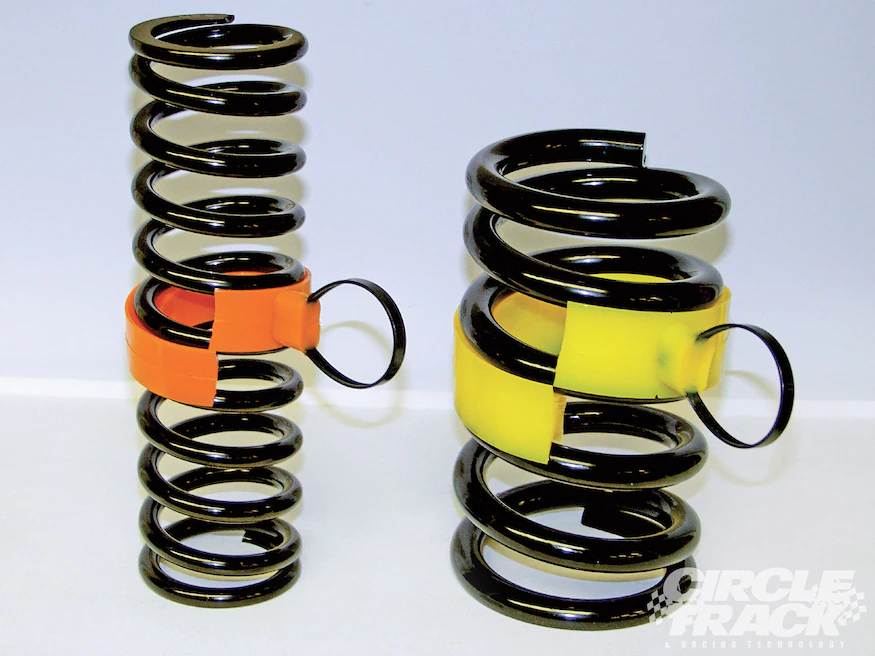
This legal modification can raise the vehicle's ground clearance by approximately 0.5 to 3 inches. A suspension lift kit includes taller shocks, springs/struts, and allows for the fitting of larger tires. Prior to proceeding with this option, it's important to weigh the pros and cons and inform your insurance company about the modifications made.
Consider investing in steel underbody protection to safeguard the sump, gearbox, and engine from rocks and debris encountered during off-road excursions. Fabricating steel front and rear bumper lip guards can also provide additional protection to your vehicle.
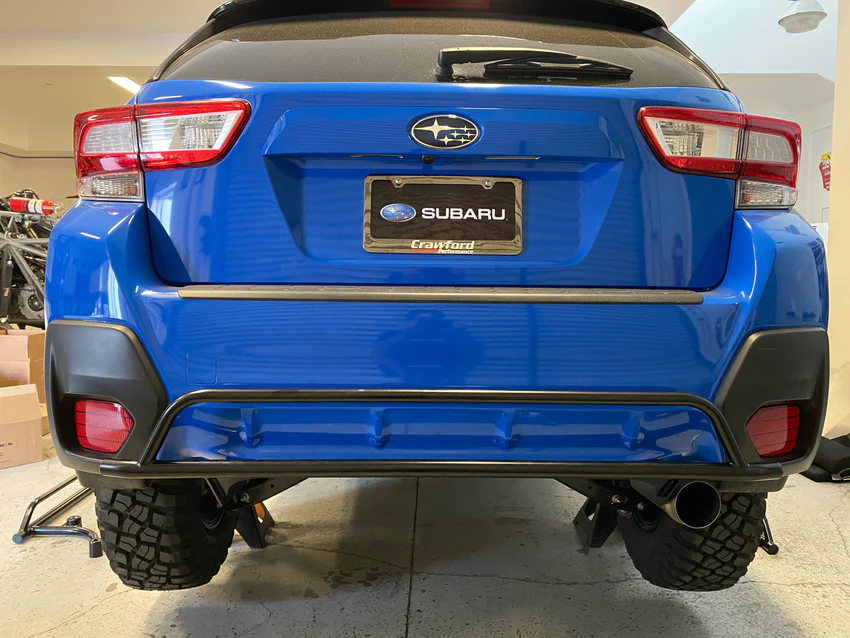

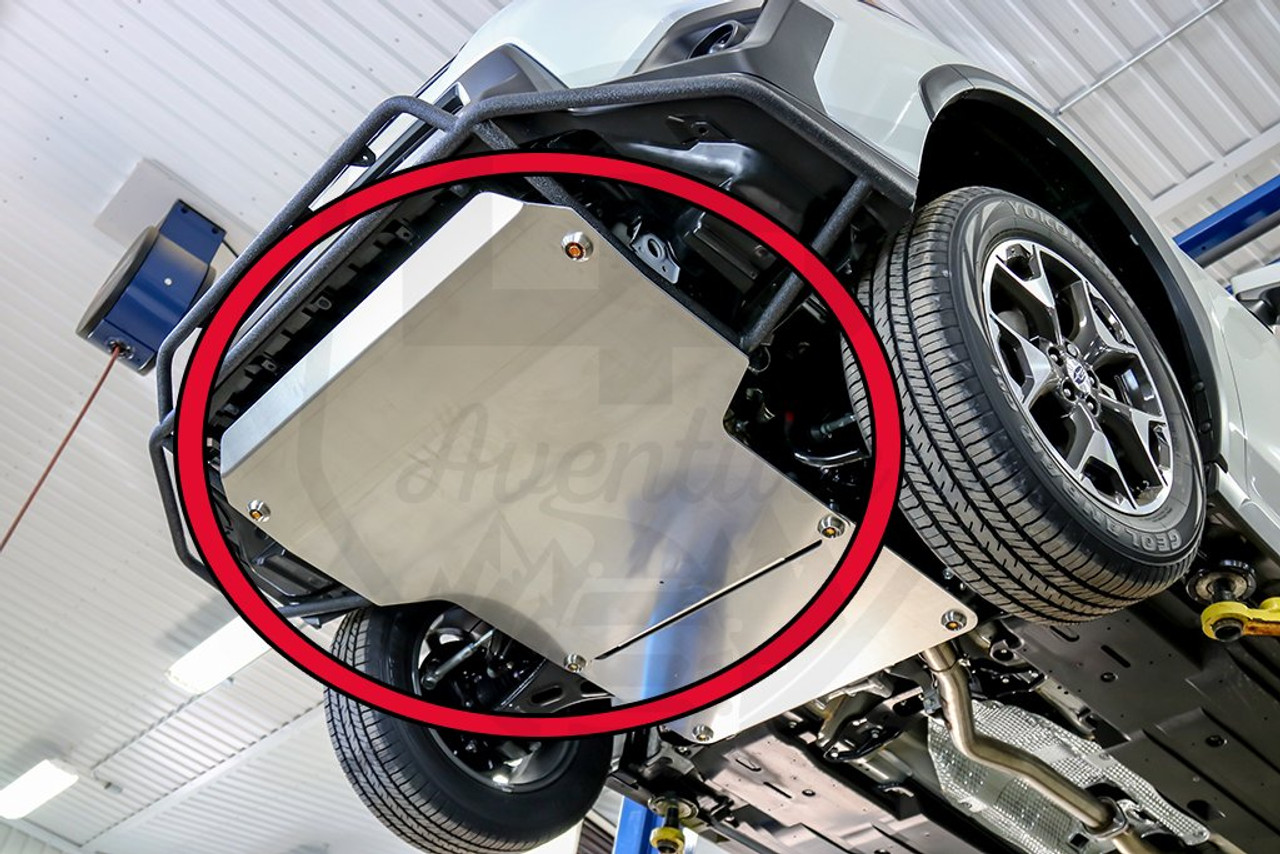
Even 4x4 vehicles often require modifications to tackle challenging off-road adventures, and the same holds true for low AWD cars.
By following the suggestions above, owners can enhance their vehicles' ride height and safeguard their vital components while exploring remote and awe-inspiring destinations.
It is our hope that these insights help you make informed decisions about preparing your AWD car for unforgettable off-road experiences with Mara Nomads.
Should you have any further questions or require assistance, please don't hesitate to reach out. Safe travels!
Best regards,
The Mara Nomads Team
